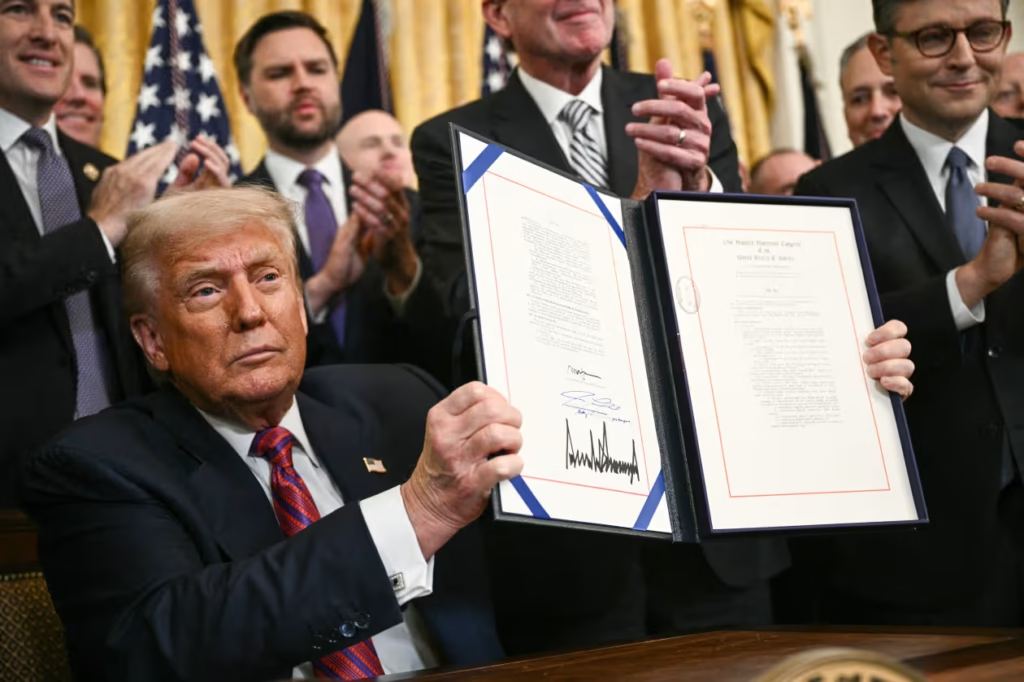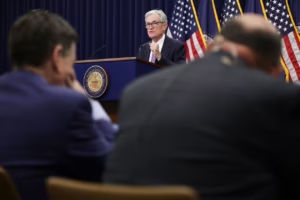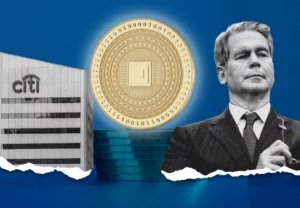According to Deutsche Bank Research, stablecoins may help the US dollar maintain its position as the world’s top reserve currency, but not in the manner that many had thought.
As they enacted the first federal law to regulate the sector in July, U.S. lawmakers praised the potential contribution stablecoins may make to bolstering the dollar’s position as the global reserve currency. Cryptocurrencies known as stablecoins have values that are correlated with another asset, usually the dollar DXY.
Stablecoin issuers frequently purchase short-term U.S. Treasury notes, which maturity in a year or less, in order to receive a dividend as investor funds move into stablecoins. Although the 3-month rate BX:TMUBMUSD03M was little altered at 4.035% on Wednesday, short-term T-bill yields have been declining due to mounting expectations that the Federal Reserve will commence interest-rate decreases next week.
Since President Donald Trump has implemented a number of tariffs against significant U.S. trading partners, the dollar’s relationship with stablecoins has been particularly significant. The greenback has been losing ground to gold (GC00) in central bank reserve holdings this year.
Advocates of stablecoins contend that as the market expands, they may act as an anchor investor in the T-bill market, allaying worries about who will pay for the significant U.S. budget deficit.
Stablecoins and their connection to the T-bill market, however, may be the subject of excessive attention, according to Mallika Sachdeva, managing director of FX research at Deutsche Bank.
“We view this as a red herring, even if the demand for front-end T-bills created by stablecoin issuance has received a lot of attention. “This would be a poor substitute for UST demand if stablecoin demand originates from bank deposits,” Sachdeva stated.
Additionally, if the demand created by stablecoins causes the U.S. government to rely more heavily on short-term debt, rollover risks could increase, necessitating ongoing debt refinances. Bond investors may seek a higher yield in order to function as a creditor to the U.S. government if that worries them.
According to Sachdeva, stablecoins’ true potential may arise if they support the global private sector’s adoption of the dollar as a medium of exchange. This is particularly true if more companies price and settle trades in the dollar, which may also influence how investors save. Sachdeva pointed out that such behavior might eventually be mirrored by central banks around the world.
“Significant growth in dollar stablecoins for cross-border payments could challenge Europe’s efforts to promote a more global euro, and China’s agenda for RMB internationalization,” Sachdeva stated.





